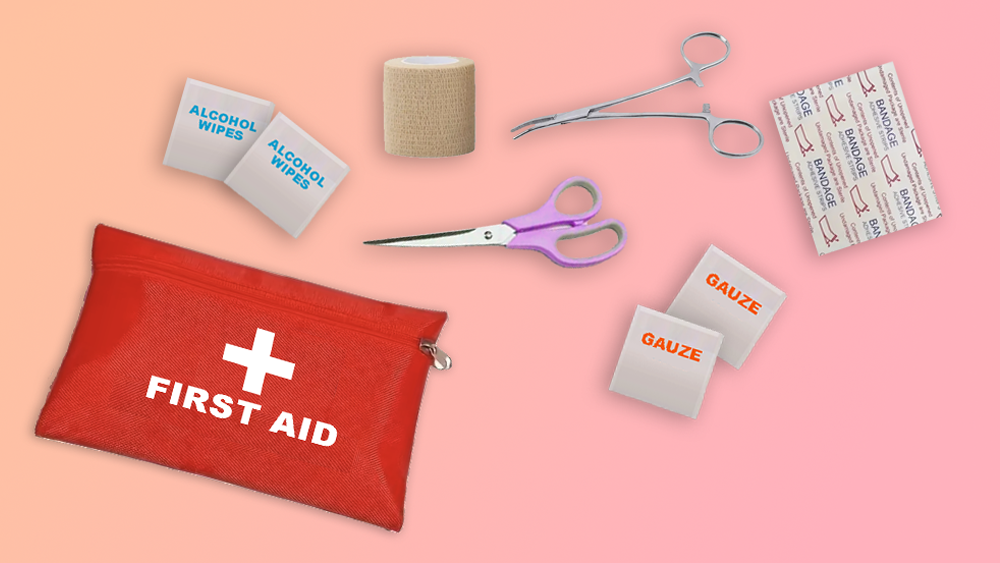Raynaud’s syndrome, also known as Raynaud’s disease or Raynaud’s phenomenon, is a common but often misunderstood medical condition. It affects the blood vessels, leading to extreme sensitivity to cold temperatures and emotional stress. In this article, we will explore the various aspects of Raynaud’s syndrome, from its causes and symptoms to management and coping strategies.
Understanding Raynaud’s Syndrome
Raynaud’s syndrome is a vascular disorder characterized by episodes of reduced blood flow to the fingers, toes, and occasionally other extremities, such as the nose and ears. During these episodes, the affected areas become pale, cold, and numb, often followed by a painful, burning sensation as blood flow is restored.
Causes of Raynaud’s Syndrome
The exact cause of Raynaud’s syndrome is not fully understood, but it is thought to be related to an overreaction of the blood vessels to cold or stress. There are two primary types of Raynaud’s syndrome:
- Primary Raynaud’s: Also known as Raynaud’s disease, this type occurs without an underlying medical condition. It’s typically milder and more manageable.
- Secondary Raynaud’s: This type is associated with an underlying medical condition, such as connective tissue diseases, like scleroderma, lupus, or rheumatoid arthritis, as well as other diseases like atherosclerosis, carpal tunnel syndrome, or repetitive trauma.
Symptoms of Raynaud’s Syndrome
Raynaud’s syndrome is characterized by the following symptoms during episodes, which can vary in duration and severity:
- Color Changes: Fingers or toes turn white, then blue, and finally red as blood flow returns.
- Numbness: Affected areas may become numb or tingly.
- Pain or Discomfort: As blood returns, there can be a painful, burning sensation.
Management and Coping Strategies
While Raynaud’s syndrome has no cure, there are various ways to manage and cope with the condition effectively:
- Dress Warmly: Keep your body warm, especially your extremities, by wearing layered clothing, gloves, and thermal socks.
- Avoid Triggers: Identify and avoid triggers that can induce episodes, such as cold temperatures, emotional stress, or excessive caffeine and nicotine.
- Manage Stress: Stress management techniques, such as deep breathing, meditation, and yoga, can help reduce the frequency and severity of episodes.
- Medications: In severe cases, a healthcare provider may prescribe medications to help relax and widen blood vessels.
- Biofeedback: Biofeedback training can help you gain control over physiological responses and reduce the frequency and severity of Raynaud’s episodes.
Raynaud’s syndrome may be a challenging condition to manage, but with proper understanding and effective coping strategies, individuals can significantly improve their quality of life. If you suspect you have Raynaud’s syndrome, consult a healthcare provider for a proper diagnosis and personalized management plan. By taking proactive steps to avoid triggers, maintain warmth, and reduce stress, you can better control the condition and minimize its impact on your daily life.



